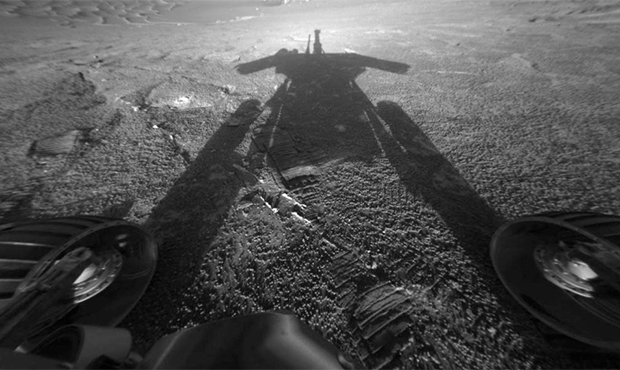Sun had no visible sunspots for February; what does this mean?
Mar 6, 2019, 2:00 PM | Updated: Mar 7, 2019, 7:35 am

(Flickr/NASA)
(Flickr/NASA)
As you were going on with your daily activities, the sun was pouring out energy by a very complex process known as fusion.
The sun converts hydrogen into helium in massive quantities and creates helium nuclei from protons and converts mass into energy!
This energy has been constant from the sun for well over 4 billion years, and the sun is predicted to continue with the fusion process for another 4 billion.
Can you just imagine the monthly fuel bill that you would be expected to pay if you were responsible for the fusion event from the sun?
We here on Earth can simply harness the end product of sunlight and use this to lower our energy bills with solar power technology!
But has the output of the Sun been that constant over the millennium?
We are told that the sun goes into a cyclical 11-year sunspot cycle, which has certain effects on our planet. Some of these changes are high levels of solar storms during the sunspot maximum years and a near quiet during solar minimum.
During the month of February, the sun had no visible sunspots for the entire month!
This could signal the early arrival of the next sunspot minimum, which is scheduled for 2020.
If you examine the history of sunspot activity over the last 500 years, you will notice that there was a distinct drop in both sunspot activity and solar activity.
This was during a period known by scientists as the Maunder Minimum. This glitch in sunspot and general solar activity took place between 1645 and 1715.
This 70-year period produced some amazing low temperatures on the Earth, lowering the global temperatures and occurring during the middle portion of the Little Ice Age.
The back story here is that all weather is derived from the sun and that we are now heading into a potentially deep sunspot minimum, which may once again show significant lowering of global temperatures.
That is the direct opposite of many who believe that climate change is raising global temperatures.
You should look at various reliable sources on both sides and make up your own mind!
Sunspots are cooler regions on the solar surface that have magnetic lines of force swirling deep into the solar surface.
Even as they appear darker, they are actually quite hot, with the surface of the Sun near 12,000 degrees Fahrenheit. Sunspots, on the other hand, are within 8,000 degrees Fahrenheit.
As of the writing of this column, the sun has not seen sunspots for 33 days in a row, only to have sunspot AR2734 appear in the northern hemisphere on Wednesday.
It is a tiny one and goes to show you that we need to do a lot more research on the Sun, to understand its complex cycles.
Stay tuned!
To print your own monthly star chart, click here.
To view satellites/dates/times of passage, click here.
Listen to the Dr. Sky Show on KTAR News 92.3 FM every Saturday morning at 3 a.m.










